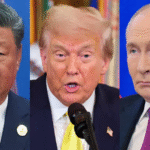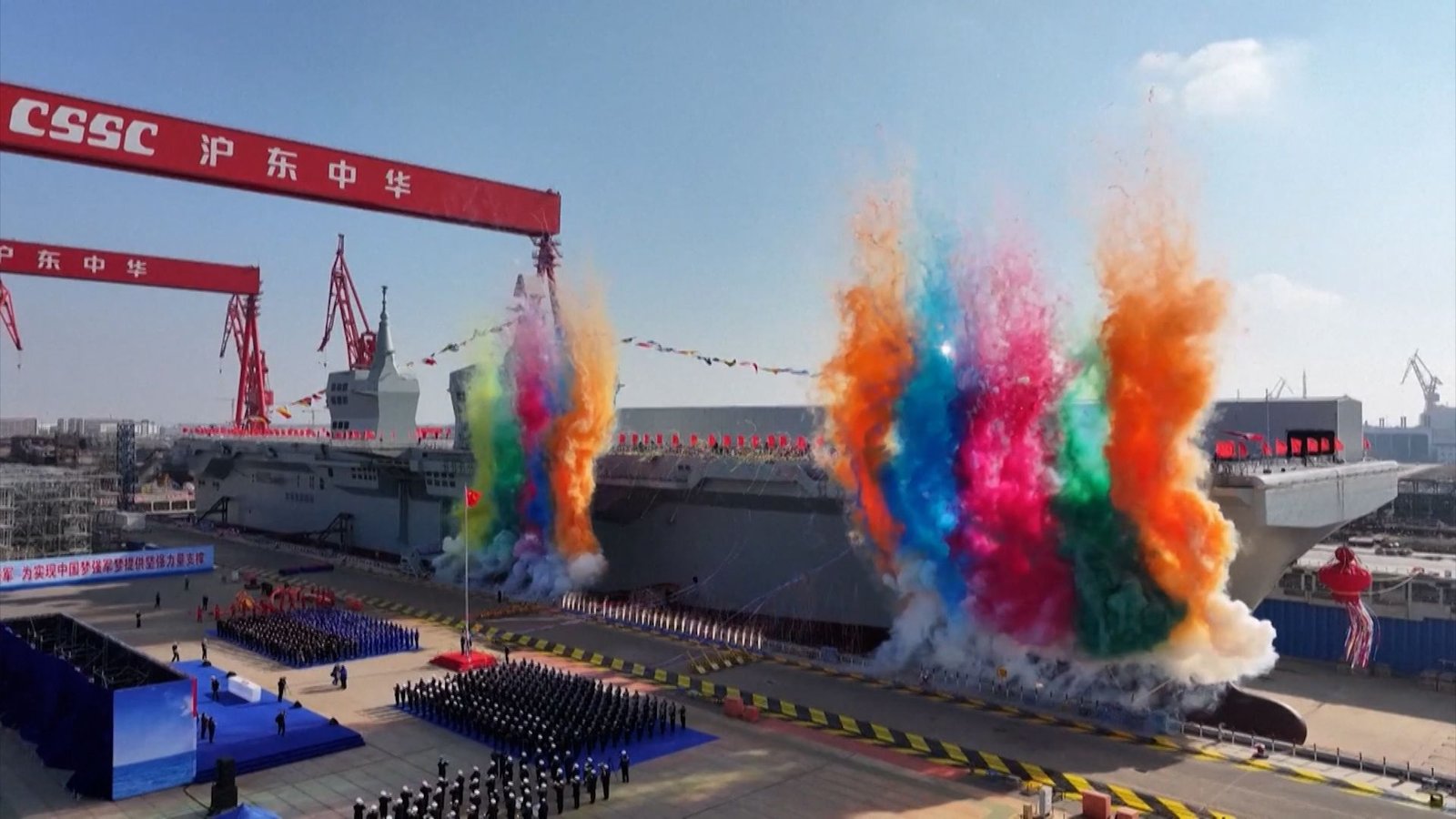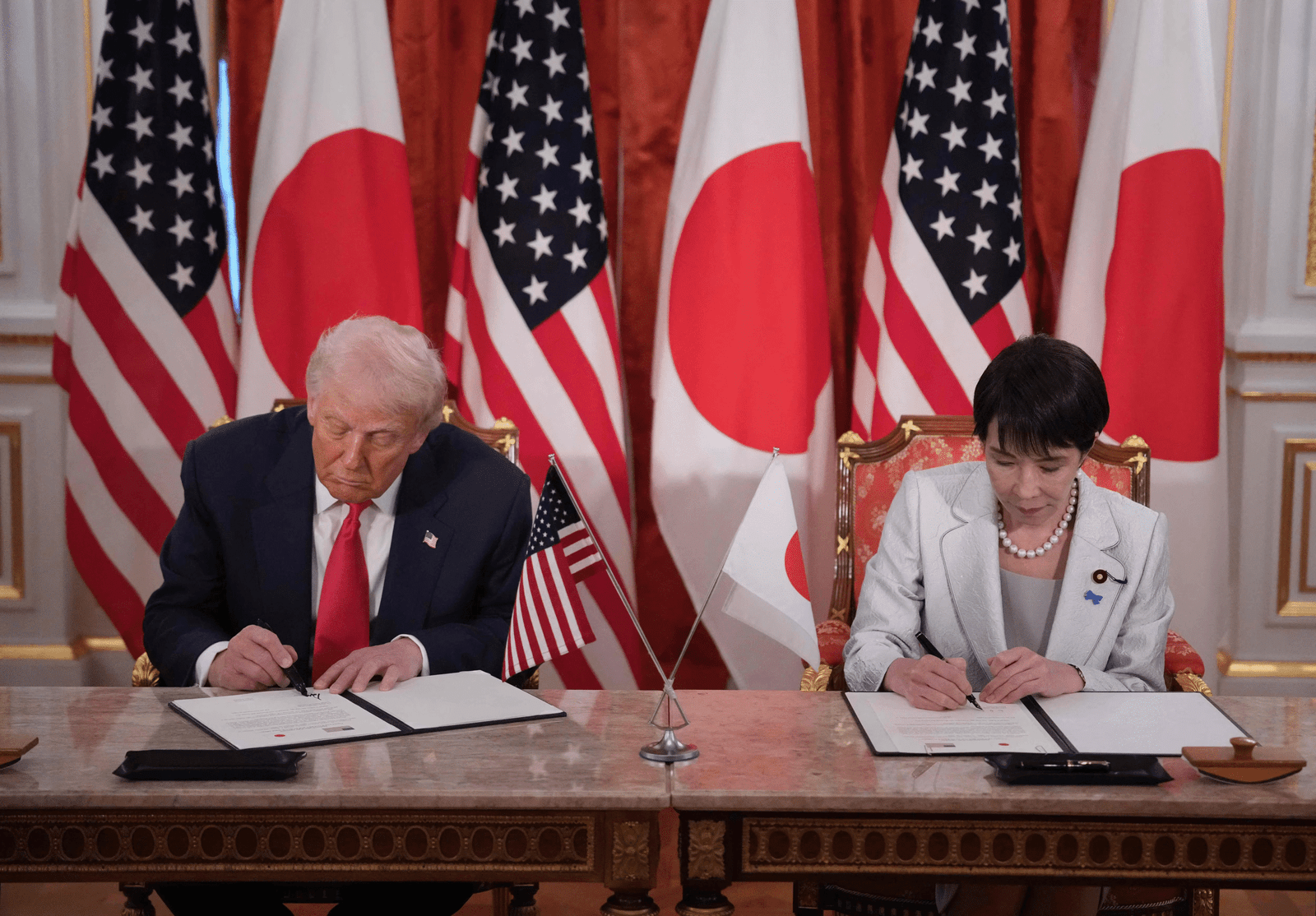China has recently launched the Type 076, the world’s largest amphibious assault ship, from the Changxing Island Shipbuilding Base in Shanghai. This significant addition to the People’s Liberation Army Navy (PLAN) underscores China’s commitment to enhancing its maritime capabilities amid escalating geopolitical tensions.
Key Features of the Type 076
The Type 076, named Sichuan, measures approximately 260 meters in length, surpassing both the U.S. America-class LHAs and Japan’s Izumo-class helicopter carriers in size. It integrates features of traditional amphibious landing vessels with those of aircraft carriers, enabling it to deploy a diverse array of aircraft, including helicopters, fixed-wing drones, and potentially manned aircraft. A notable advancement is its electromagnetic aircraft launch system (EMALS), akin to the technology employed on the U.S. Navy’s Ford-class carriers, facilitating the launch of heavier and more diverse aircraft.
Strategic Implications
The introduction of the Type 076 significantly bolsters China’s power projection capabilities, particularly in the South China Sea and the Taiwan Strait. Its ability to carry a substantial number of marines, along with various aircraft and amphibious landing craft, enhances China’s capacity for rapid deployment and amphibious operations. This development is perceived as a strategic move to counter U.S. naval dominance in the region.
Rapid Naval Modernization
China’s shipbuilding industry has demonstrated remarkable efficiency, with the Type 076’s construction progressing at an unprecedented pace. Satellite imagery from July 2024 revealed the ship’s rapid development, with its launch anticipated in the first half of 2025. This swift production reflects China’s broader strategy to modernize its naval forces, with multiple advanced vessels under simultaneous construction.
Global Reactions
The launch of the Type 076 has elicited varied responses from the international community. While China asserts that its naval expansion is purely defensive, neighboring countries and global powers express concerns over the potential shift in regional power dynamics. The U.S., in particular, is closely monitoring these developments, given the implications for its strategic interests in the Indo-Pacific.











